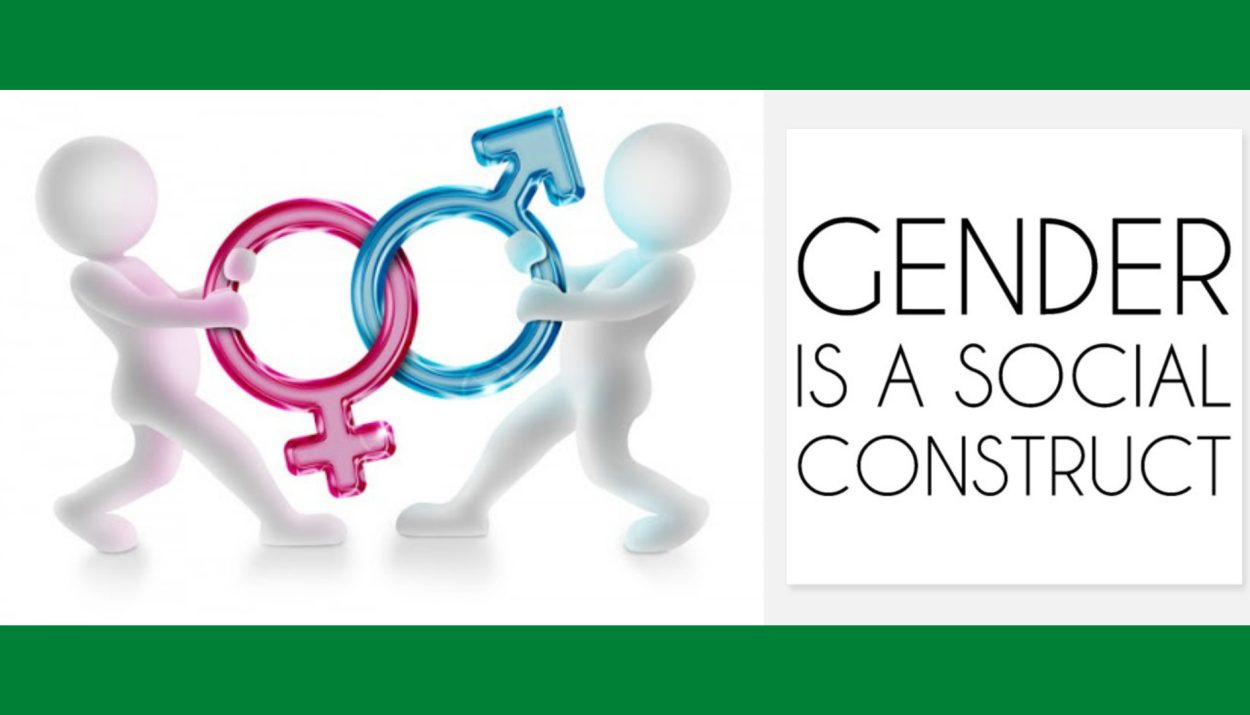In this article, we will learn about the Social Construction of Gender. Gender has been defined as the commonly shared expectations and norms within a society about appropriate behaviour, characteristics and roles of men and women.
Gender can be considered a social and cultural construct. It implies that it is important to understand the social differences between men and women. Men and women learned their roles and behaviour in society and it keeps on changing according to time. These behaviour and roles are also different in numerous cultures.
Gender roles are made by society and culture. The ethos of a culture determines the behaviour and roles of men and women. When we discuss gender then it is important to know that gender is a social construct. Gender and sex both are different. The concept of sex is biological while gender is the cultural or social interpretation of sex.
Division of labour in a society is also a social construct. This implies what men and women do for a living. This is often different from culture to culture. Although seen through time that slowly work-related difference between men and women keeps on decreasing. There are some societies found where there is no work-related difference present. Even the work expectations of men and women in society keep on changing.
Social Construction of Gender in the context of Indian society
Indian society and culture are vast and old. Indian society and culture have a very long history. In a culture that has seen so much change in time, the study of the expected behaviour and role of men and women becomes important. Within the Indian context, when we talk about gender, we discuss the form of gender we get in ancient Indian society.
We get information about our ancient Indian society from our ancient texts such as the Vedas, the Upanishads and the Puranas etc. At the time of the Vedic period, the status of women was good. Both men and women were considered an important part of society. Both men and women had the right to receive an education. Some women in the Vedic period are important and came to be known as scholars such as Gargi, Maitreyi, etc.
With time, the gender equation also started changing. The Caste system has become very rigid. Women and so-called lower caste people have no right to receive an education. Bad practices like the Purdah system and Sati destroyed the individual identity of Hindu women.
After the arrival of the British era in India, some British rulers made a law to end the evil practice of India. At the same time, some Indian scholars also started the Social Reform Movement.
When the Indian Constitution was framed, special attention was paid to the fact that no citizen of India would be discriminated against based on sex, caste, creed, and religion. Women have been given equal rights in the Indian Constitution and along with time, special provisions have also been given for their empowerment, such as the provision of 33% reservation in the Panchayat and the Parliament.
Status of women and gender roles across various regions and religions in India
Many cultures, many provinces and many dialects are spoken in India. India is a very large country geographically and in terms of population. People who believe in many religions live here. Religion and region influence the status of women in India.
If we talk about religion, then basically all religions have talked about the respect and security of women. It is a different thing that these religious values are interpreted in different ways in a different religions. Women have more restrictions than men. After increasing education and awareness, some improvement has been seen in the status of women.
When we talk about different regions of India, then in this relation also we get to see different gender roles. In Patriarchal and Patrilineal societies, male dominance and inheritance of property go from father to son while in Matriarchal and Matrilineal societies(for eg. the Khasi tribe of Meghalaya), female dominates and inheritance of property go from mother to daughter.
Christianity has a great influence in North-East India and great importance has been given to the education of both women and men in Christianity.
We can say that religion, region, rules of inheritance and the right to property are such rational parameters that determine the difference between the status of women and gender roles in India.
Conclusion
The Indian Government has been making efforts to improve the condition of women and girls children and many programmes and schemes are implemented for this work. Economic development and overall empowerment of women are happening. There is also a bitter truth that crime (like domestic violence, rape etc.) against women also increasing day by day.
While women are progressing in the field of education and occupation in India, on other hand, their safety and survival are still challenging. We all should come forward for equal rights for men and women. Both are part of our society. Society is not complete without any of them.
